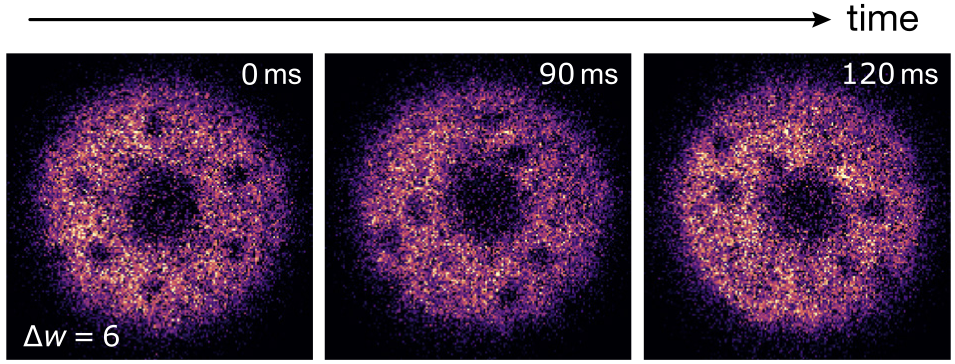 |
D. Henández-Rajkov et al. |
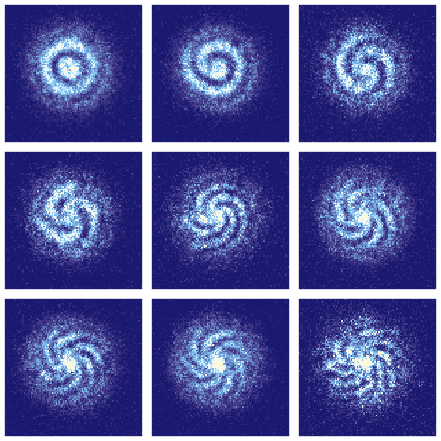 |
Persistent currents in a ring are one of the most striking manifestations of quantum system coherence. The periodic boundary constrains the wavefunction phase to wind in an integer number of complete loops, which gives rise to a current. This happens in materials with a macroscopic coherence, like superconductors or neutral superfluids, but also in mesoscopic metallic rings. Besides being a proxy of quantum phase coherence, persistent currents represent a cornerstone for many applications, from precision sensing to quantum computing, that require a fast and controlled current injection and a reliable readout of its magnitude. In our work, we realize a fast and on-demand generation of persistent currents in atomic Fermi superfluid rings and investigate their connection with vortex nucleation. G. Del Pace et al. |
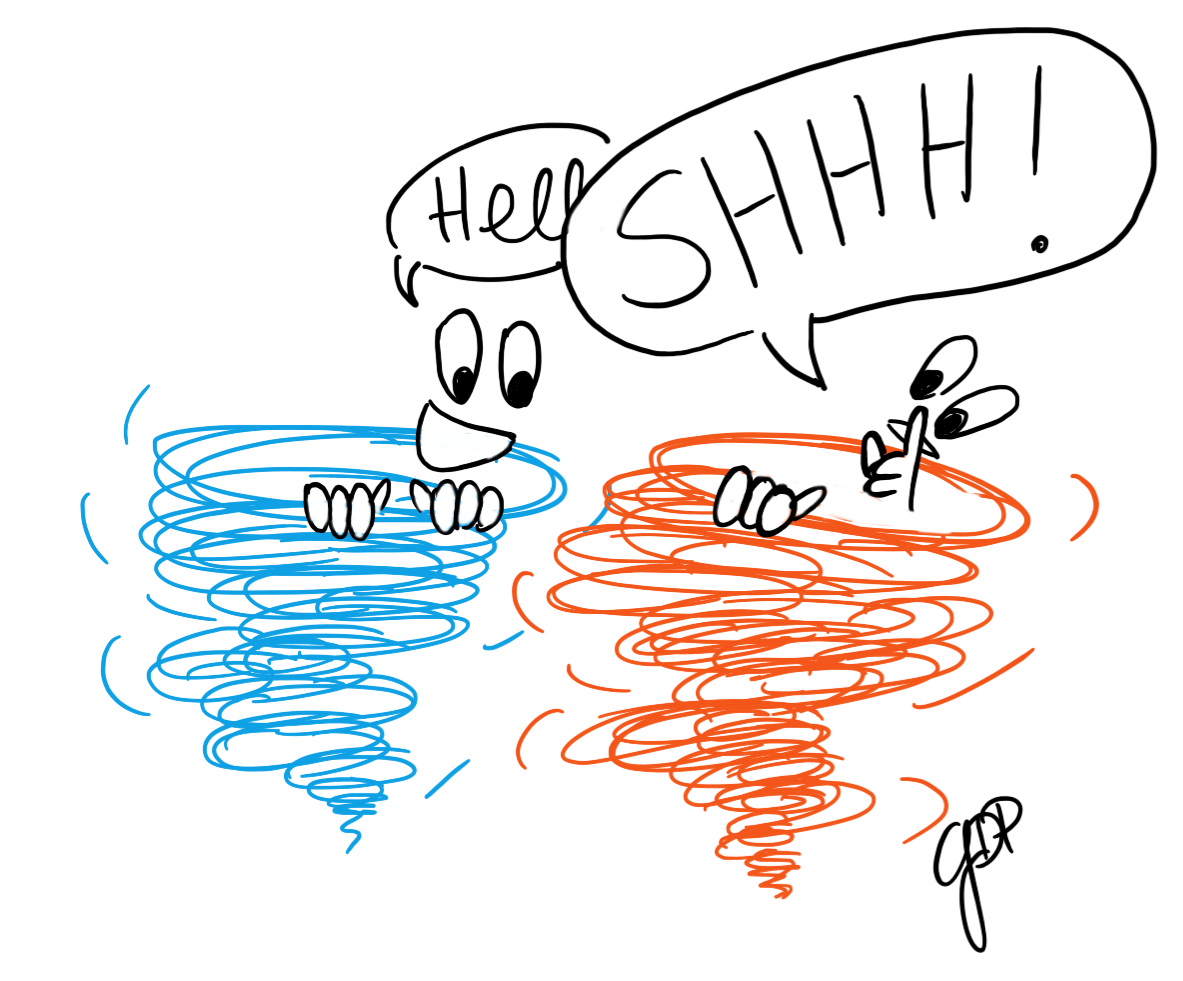 |
We realize a programmable quantum vortex collider in planar and homogeneous atomic Fermi superfluids with tunable inter-particle interactions. We follow a bottom-up approach reminiscent of other atomic platforms featuring control at the single-particle level, and gain exquisite control of individual 2D vortices to assemble them one by one in arbitrary arrangements. In particular, we use the combination of a high resolution microscope objective and a Digital Micromirror Device to create on-demand vortex configurations and we monitor their evolution across the BEC-BCS regimes of fermionic superfluidity. By engineering collisions within and between vortex–antivortex pairs we distinguish the different relaxation processes of the irrotational vortex energy due to sound emission and due to interactions with normal fluid. For the first time, we directly visualize how the annihilation of vortex dipoles radiates a sound pulse. We progress towards a complete microscopic description of the dissipative dynamics of both single and colliding vortex–antivortex pairs, which is at the heart of the relaxation of non-equilibrium states in bosonic and fermionic superfluids, thereby opening the route to exploring new pathways for quantum turbulence decay, vortex by vortex. W. J. Kwon et al. |
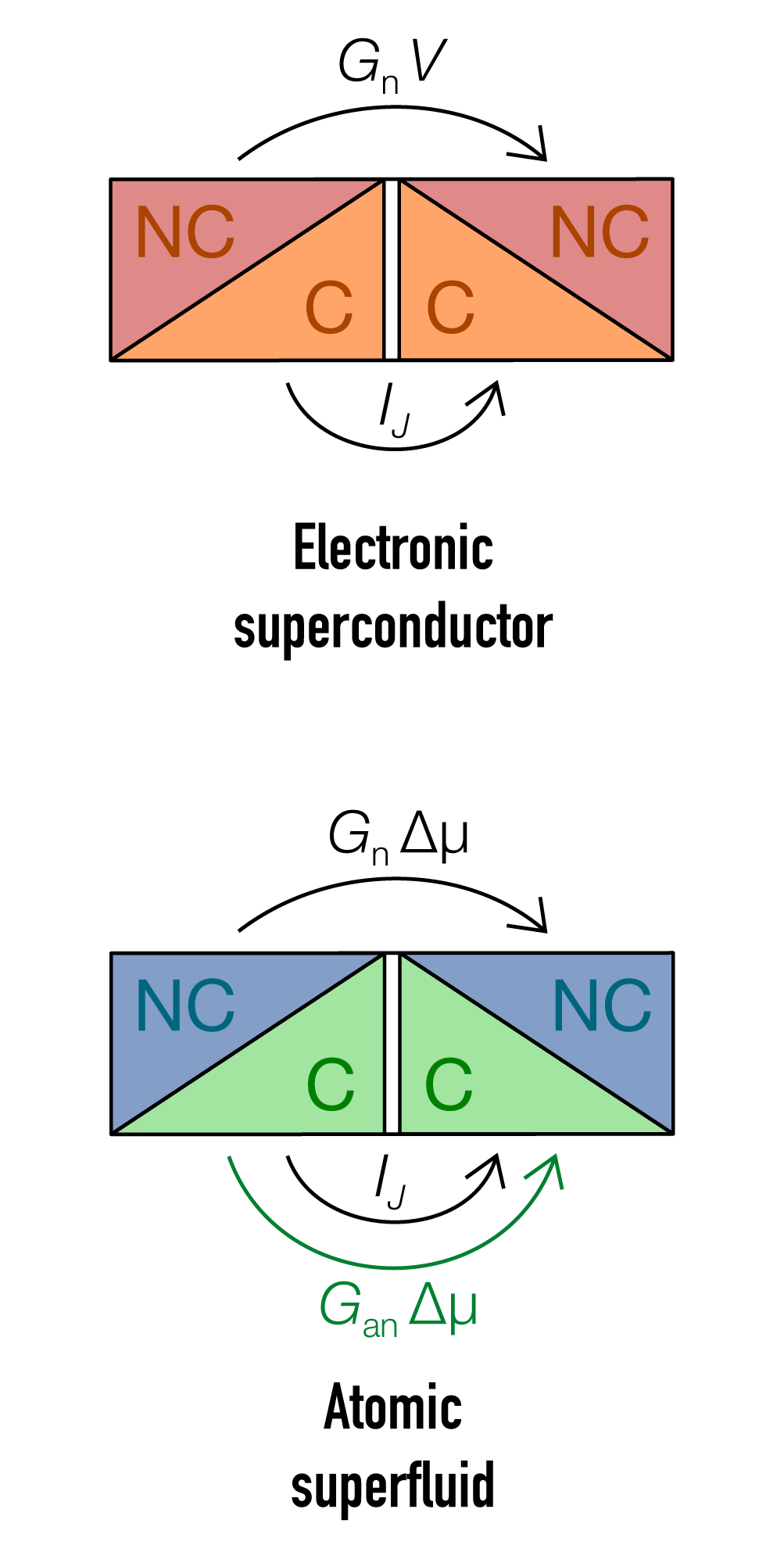 |
By investigating the tunneling transport of ultracold atomic Fermi gases, we reveal for the first time a peculiar enhancement of the conductance of neutral superfluids, in contrast with charged superconductors. — Both superfluids and superconductors owe their distinctive frictionless flow to their condensed nature, namely the macroscopic occupation of a single quantum state. Regardless of the electric charge of the constituent particles, condensation results in the emergence of the Josephson effect: a tunneling current flows when two superfluid reservoirs are coupled with one another through a thin insulating barrier in a so-called Josephson junction. G. Del Pace et al. |
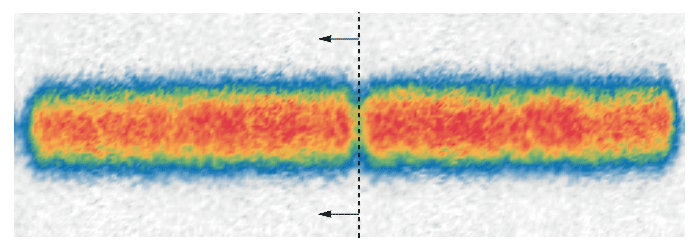 |
When two superconductors are coupled with one another through an insulating junction, a so-called Josephson supercurrent may flow without creating any potential difference, sustained merely by a phase difference between the superconducting wave functions. We have observed the charge-neutral analogue of this phenomenon using an ultracold gas of strongly interacting fermionic atoms, revealing the quintessential sinusoidal relationship between the supercurrent and the superfluid phase. Our experiments demonstrate the profound connection between the supercurrent magnitude and the nature of superfluid states, which has allowed us to quantify the condensate density across the BCS-BEC crossover of ultracold Fermi gases, playing the role of the superfluid order parameter. W. J. Kwon et al. |
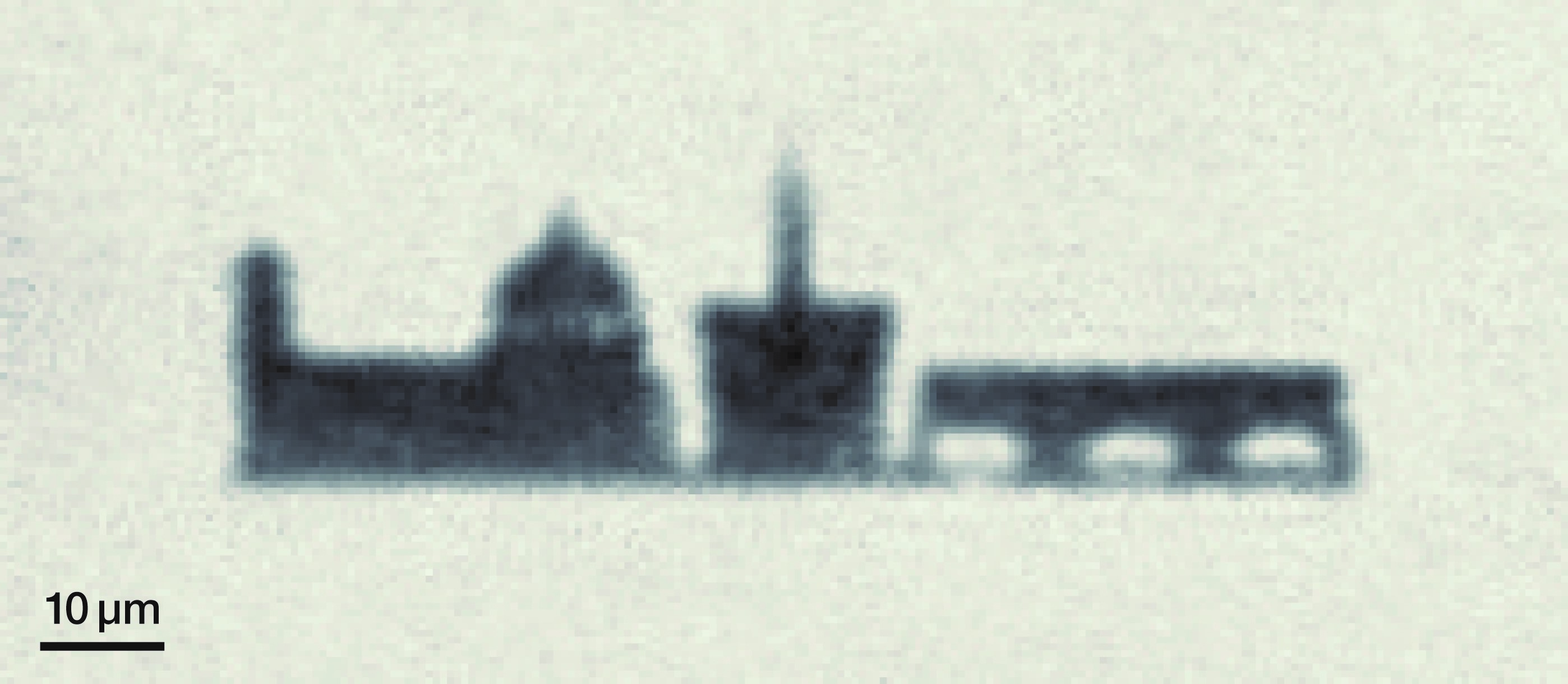 |
We have projected micron-scale light potentials onto quasi-2D degenerate Fermi gases of lithium-6. A single atomic layer is created by vertically compressing a 3D atomic cloud into a highly anisotropic blue-detuned TEM01-mode optical trap, with very weak in-layer confinement. A digital micromirror device (DMD) is then used here to mold the skyline of Florence in a unitary Fermi gas. The sample is imaged with micron resolution by the same high-resolution objective used for focusing the sculpted light potential. These new capabilities enable exciting investigations of fermionic quantum transport and out-of-equilibrium dynamics in a large variety of paradigmatic scenarios. |
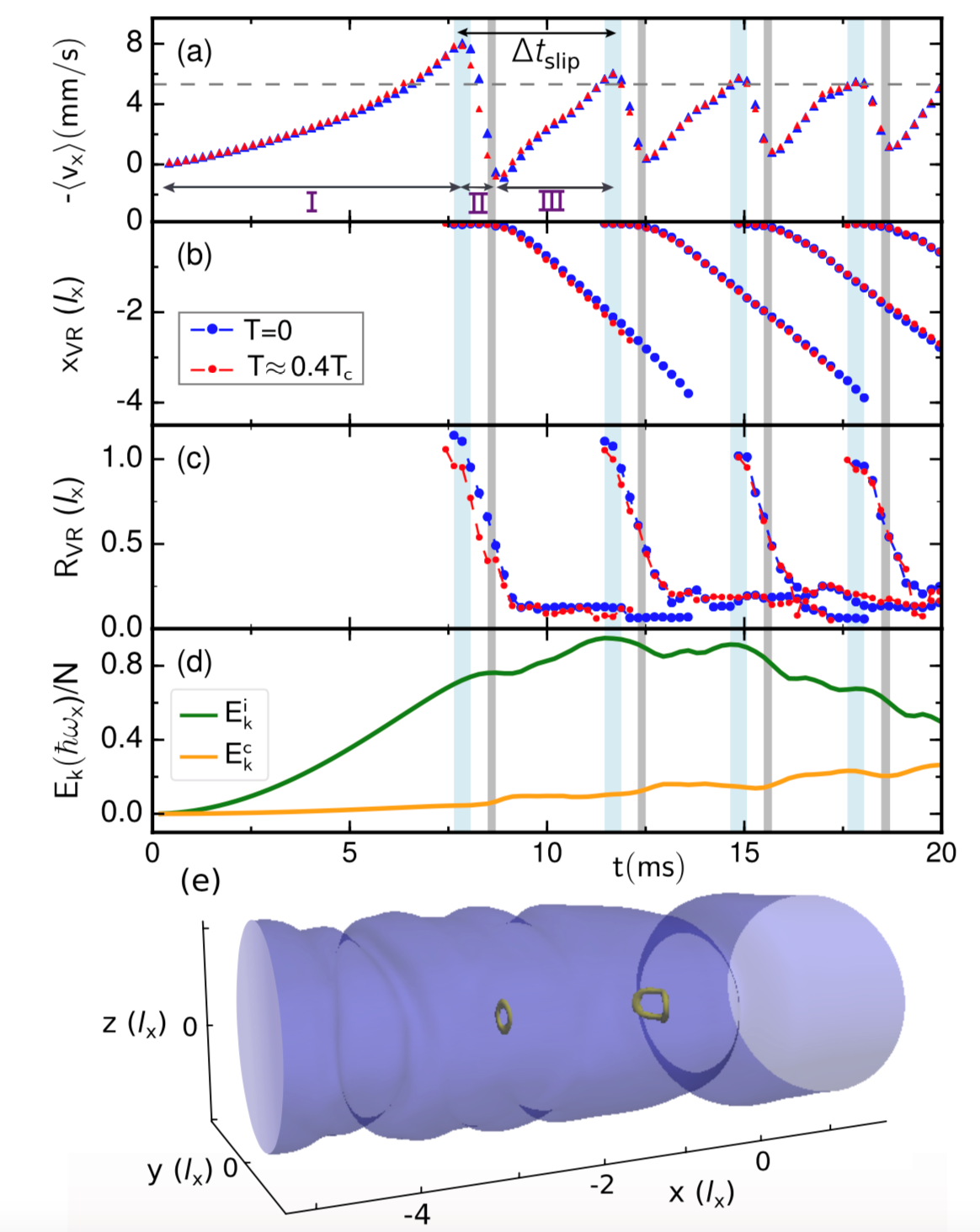 |
We theoretically investigate the onset of dissipation in the Josephson dynamics between two atomic Fermi superfluids. We demonstrate that resistive currents are directly connected with nucleations of vortex rings and their propagation into the superfluid bulk. We compare the simulations with our recent experimental results, finding excellent agreement. This work has been carried out in collaboration with the theory group of the University of Newcastle, led by Prof. Proukakis and it will be valuable for advancing our comprehension of the complex superfluid transport in emerging atomtronic devices. K. Xhani et al. |
 |
Despite its seeming simplicity, a Fermi gas of ultracold atoms with strong repulsive interactions exhibits a complex behavior, resulting from the competing action of two distinct instabilities — ferromagnetism and pairing. The breakdown of the repulsive Fermi liquid state, arising from such concurrent mechanisms, has been recently observed in real time through pump-probe spectroscopic techniques [A. Amico et al., Phys. Rev. Lett. 121, 253602 (2018)], leading also to the discovery of an emergent metastable microemulsion state of anticorrelated fermions and pairs. Here, we investigate the properties of such correlated many-body regime by preparing a strongly repulsive Fermi gas, and studying the evolution of kinetic and release energies, of the spectral response and coherence of the unpaired fermionic population, and of its spin-density noise correlations. All our observations consistently point to a low-temperature heterogeneous phase, where paired and unpaired fermions macroscopically coexist while exhibiting microscale inhomogeneity. Our findings open the exploration of quantum emulsions and possibly of inhomogeneous superfluid regimes. F. Scazza et al. |
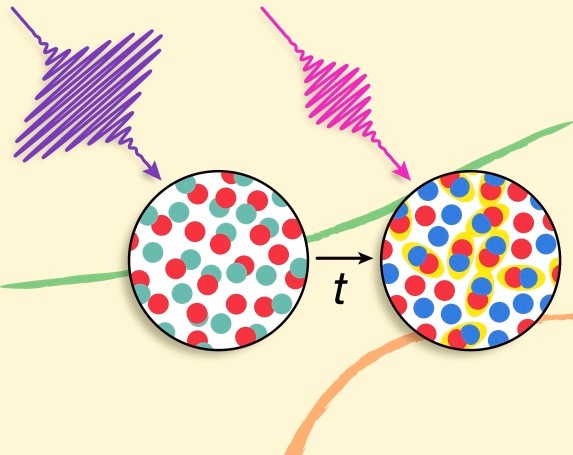 |
Strong interactions among fermionic particles in condensed matter are known to foster rich phase diagrams, where distinct microscopic mechanisms compete with one another. In this work, we reveal the emergence of two competing instabilities in a paradigmatic model system, i.e., a Fermi gas of ultracold atoms. While it has been established that a cold gas of atoms subject to strong interactions is unstable towards forming pairs of oppositely oriented spins, a long-standing issue is whether strong repulsion can trigger fermions to build up correlations and develop ferromagnetic order. Here, we probe the out-of-equilibrium dynamics of a repulsive Fermi gas with unprecedented time resolution, exploiting a pump-probe spectroscopic technique akin to the ultrafast spectroscopy used in the solid state. In this way, we witness the real-time growth of spin anti-correlations in the gas driven only by repulsive interactions. Their interplay with the tendency of fermions to pair up is found to persist over long time scales, giving rise to a novel, emulsion-like metastable state unforeseen thus far. These findings represent an important testbed for current and future theories, while they also afford exciting perspectives for accessing elusive regimes of fermionic superfluidity. A. Amico, F. Scazza, G. Valtolina, P. E. S. Tavares, W. Ketterle, M. Inguscio, G. Roati, and M. Zaccanti See also the Physics Viewpoint by L. LeBlanc: L. LeBlanc |
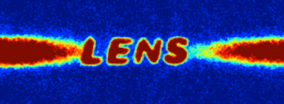 |
We have implemented a new high-resolution imaging system, that also makes it possible to imprint onto the atomic cloud arbitrary optical potentials created with a digital micromirror device (DMD). This will allow us to study quantum transport of fermionic gases in arbitrary geometries -- from the non-interacting limit to the strongly correlated regime, from the clean to the disordered case. An upgrade of the setup for the production of quasi-two-dimensional clouds is now under way, stay tuned! |
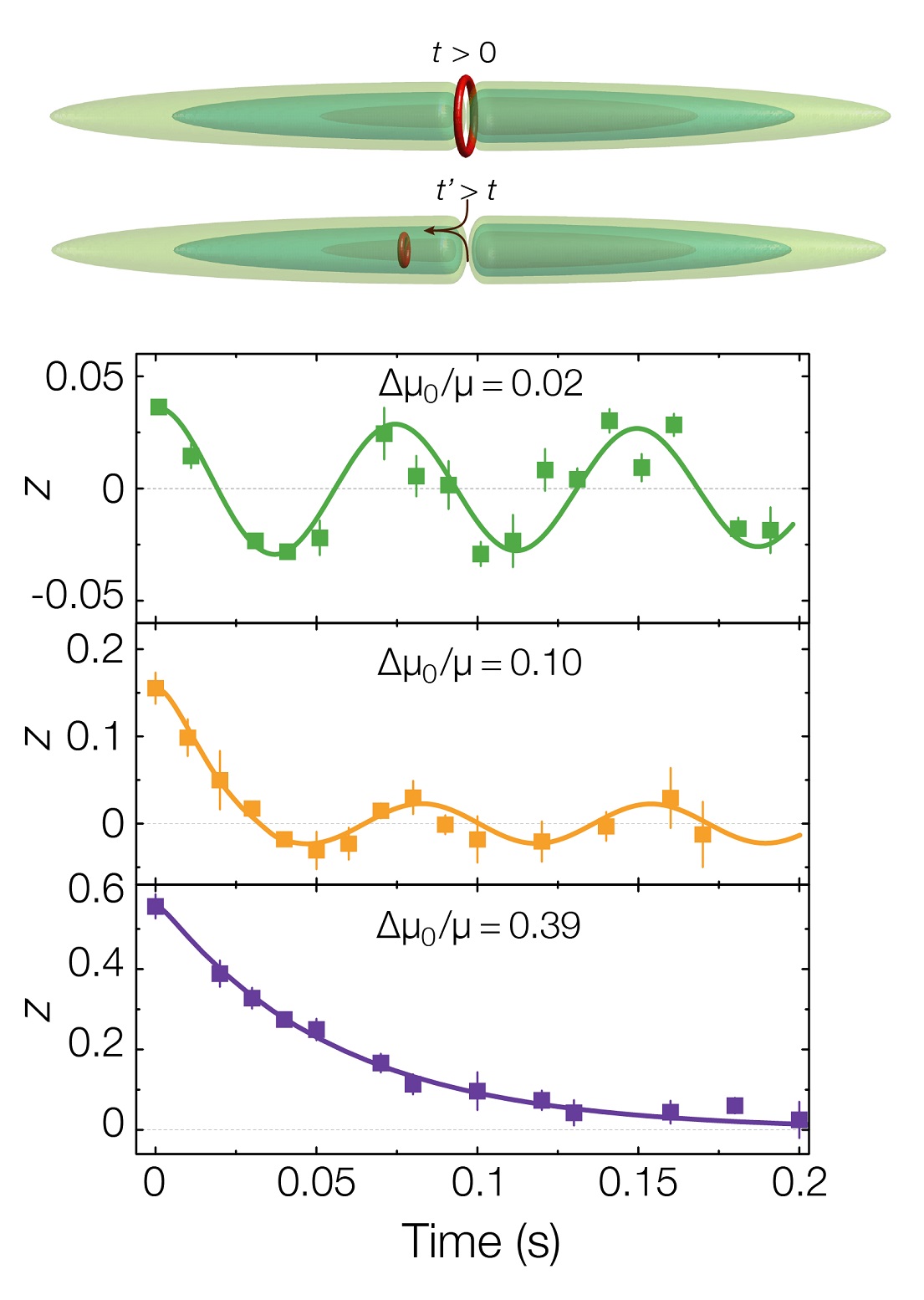 |
We study the emergence of dissipation in an atomic Josephson junction between weakly coupled superfluid Fermi gases. We find that vortex-induced phase slippage is the dominant microscopic source of dissipation across the BEC–BCS crossover. We explore different dynamical regimes by tuning the bias chemical potential between the two superfluid reservoirs. For small excitations, we observe dissipation and phase coherence to coexist, with a resistive current followed by well-defined Josephson oscillations. We link the junction transport properties to the phase-slippage mechanism, finding that vortex nucleation is primarily responsible for the observed trends of the conductance and critical current. For large excitations, we observe the irreversible loss of coherence between the two superfluids, and transport cannot be described only within an uncorrelated phase-slip picture. Our findings open new directions for investigating the interplay between dissipative and superfluid transport in strongly correlated Fermi systems, and general concepts in out-of-equilibrium quantum systems. A. Burchianti, et al., |
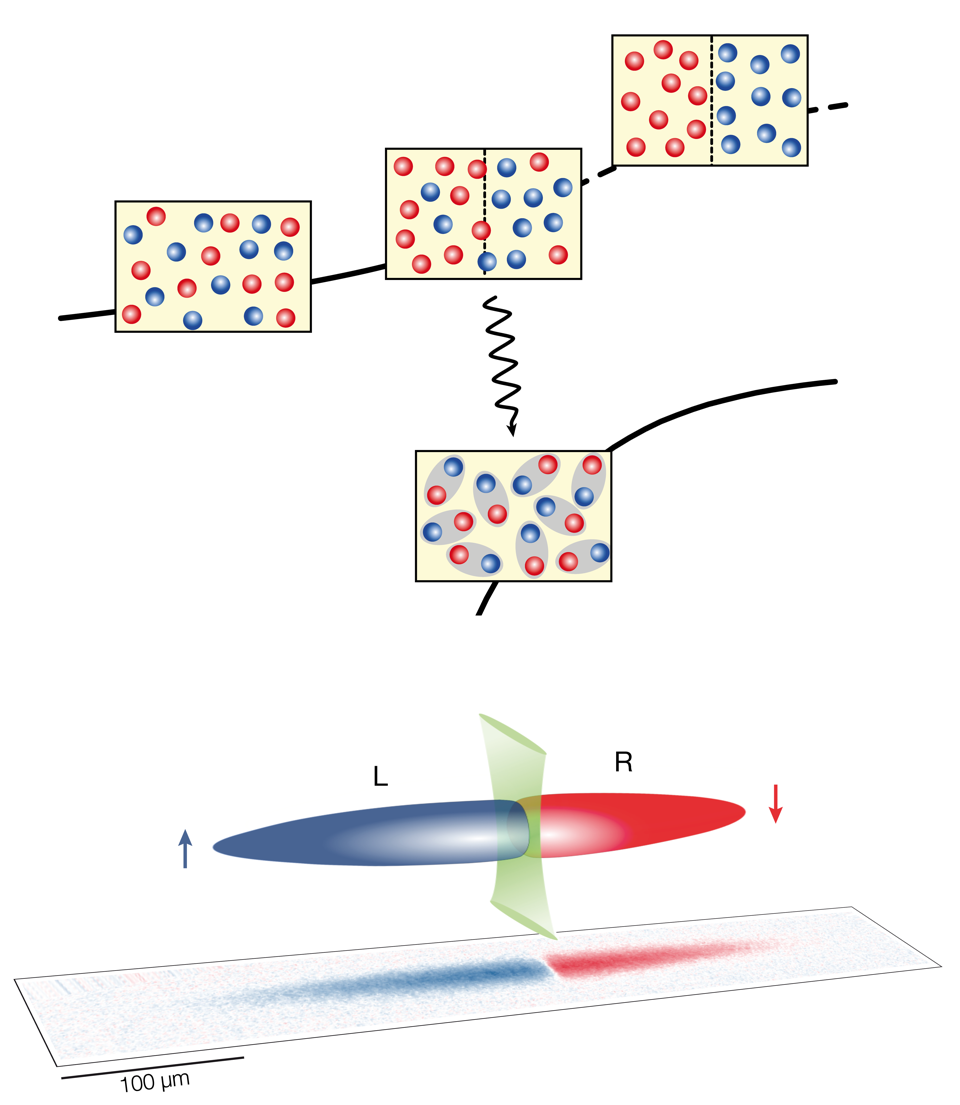 |
We study the collective spin response and spin diffusion of an ultracold lithium Fermi gas artificially engineered in a fully ferromagnetic state, obtained by spatially segregating oppositely-oriented spins into two adjacent reservoirs. In this way, we show that strong repulsive interactions are sufficient to temporarily stabilize ferromagnetic correlations in a Fermi mixture. In particular, we reveal a substantial increase of the magnetic susceptibility of the gas while approaching the critical value of interaction. Correspondingly, we show that above the critical interaction a spin up-down domain wall can persist for a finite time, indicating the metastability of the ferromagnetic state. Such findings point to Stoner-like ferromagnetic instability driven only by short-range repulsion, and are consistent with our recent study of a repulsive Fermi liquid of polarons in strongly polarized Fermi gases. G. Valtolina, et al., |
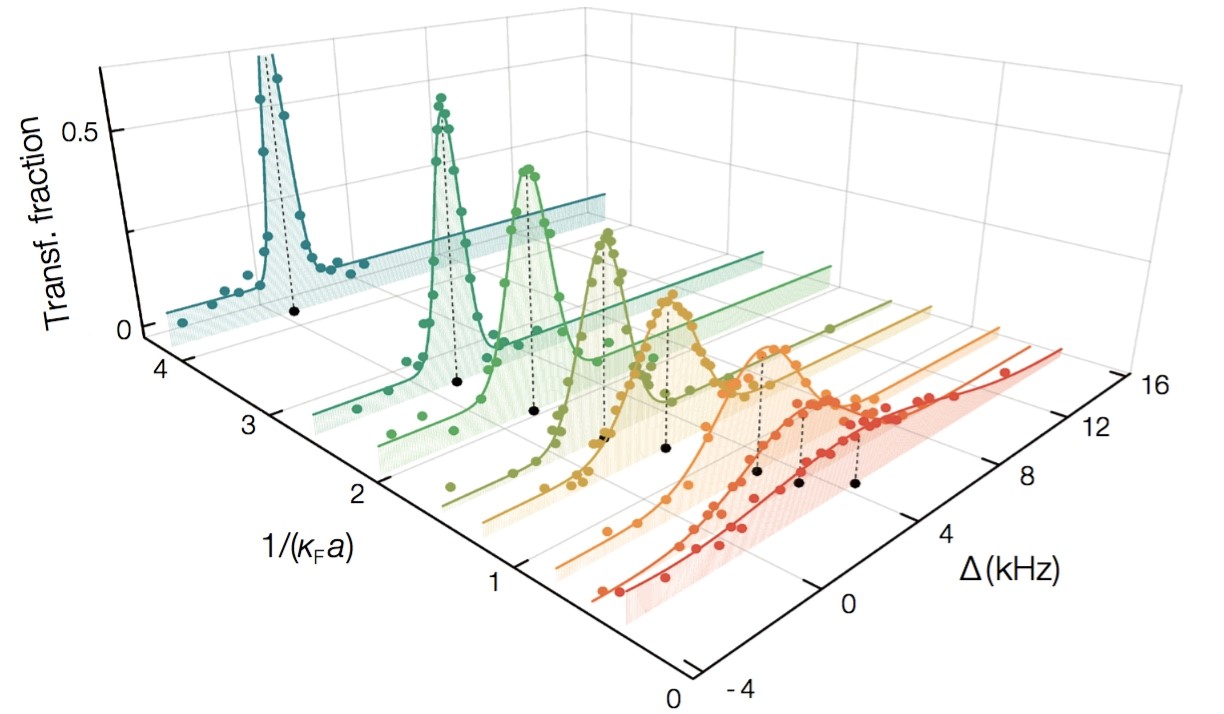 |
Landau was first to suggest that collective excitations of particle ensembles could be treated as if they were particles themselves, with properties like momentum and mass. As such, these excitations are known as quasiparticles, and in contrast to free particles they possess a finite lifetime. In this study, we report on the investigation of a particular type of quasiparticle known as a Fermi polaron. This is a quantum impurity that is immersed in a Fermi sea and strongly interacts with it. In particular, Fermi polarons emerging from impurities repelling the surrounding particles are known as repulsive polarons. We could observe well-defined repulsive polarons even at very strong interactions, with impurities possessing the same mass as the surrounding particles. In such a system the existence of long-lived repulsive polarons was thus far debated. For this, we have spectroscopically probed an ultracold Fermi gas of lithium, where atoms in a specific internal spin state acted the role of the impurities interacting with a bath of atoms in another spin state. Our findings offer exciting prospects for studying many-body states that rely on repulsive interactions. F. Scazza, et al., |
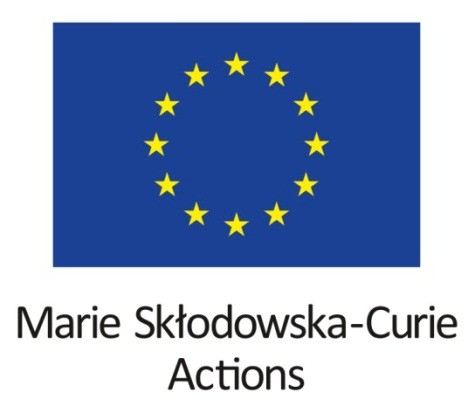 |
Starting today the Lithium Lab will host the new Marie Sklodowska-Curie project SCOUTFermi2D awarded to Francesco Scazza. Congratulations! |
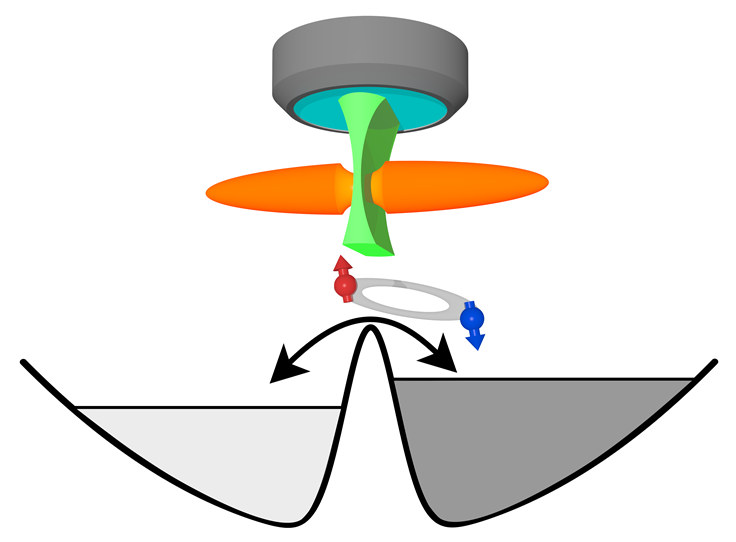 |
Shining a blue detuned thin (2 μm) barrier we produce a double-well potential, which creates a Josephson-like junction for fermionic superfluids. By varying the interactions we investigate the population and phase dynamics between the two wells, observing the Josephson effect across the BEC-BCS crossover. G. Valtolina et al., |
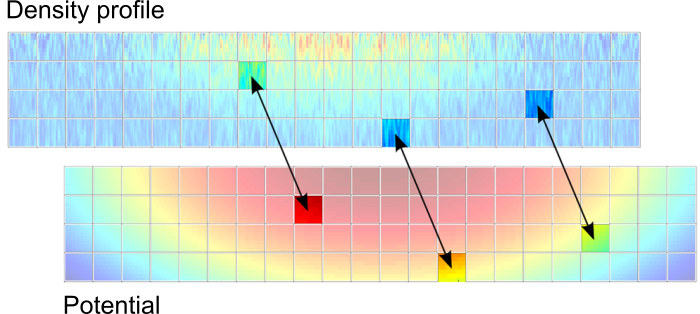 |
Using the inverse Abel transform, the in-situ 3D density profile of a cloud of two-state 6Li atoms trapped in a potential with cylindrical symmetry can be derived. Following [M. Ku et al., Science 335, 563 (2012)] we reconstruct the equation of state of the system. In particular, local pressure and compressibility have been obtained for the unitary Fermi gas, revealing the superfluid transition. |
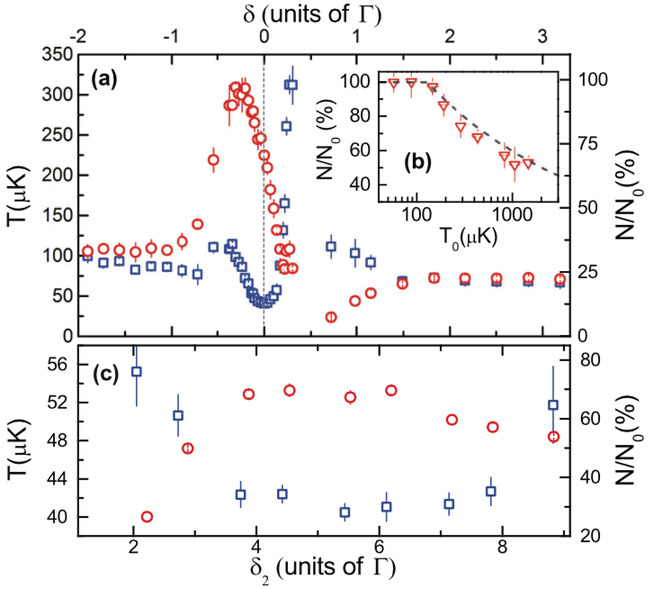 |
The quest to develop new and efficient experimental schemes to produce large and highly degenerate fermionic samples is fundamental in the way of using them to study fermionic superfluidity with a high degree of control on properties as interaction strength and dimensionality. 6Li samples of two spin components offers a broad Feshbach resonance allowing a good tenability of the interactions and the ability to investigate superfluidity across the BEC-BCS crossover. On the other way, standard laser cooling configurations are not efficient due to the lack of sub-Doppler cooling mechanism on the D2 line. We use a gray molasses operating on the D1 atomic transition to produce degenerate quantum gases of 6Li with a large number of atoms. This sub-Doppler cooling phase allows us to lower the initial temperature of 109 atoms from 500 to 40 μK in 2 ms. We observe that D1 cooling remains effective into a high-intensity infrared dipole trap where two-state mixtures are evaporated to reach the degenerate regime. We produce molecular Bose-Einstein condensates of up to 5×105 molecules and weakly interacting degenerate Fermi gases of 7×105 atoms at T/TF A. Burchianti et al. |
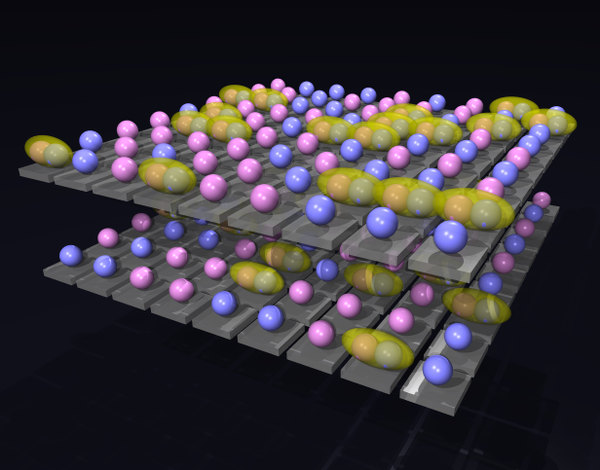 |
We aim at studying two-dimensional fermionic 6Li atoms across the BCS-BEC crossover. We plan to benefit of the recent advances in ultracold atomic systems, such as single-site addressability and the full control of the interparticle interactions. Tailoring arbitrary optical potentials will create the perfect environment for implementing quantum models. In particular, we want to characterize the superfluid phase by studying the interlayer tunneling, discriminating the coherent Josephson dynamics from the single-particle hopping. By adding disorder we will simulate the physics of granular superconductors, testing the robustness of the order parameter and the onset of metallic phases at higher temperatures. |
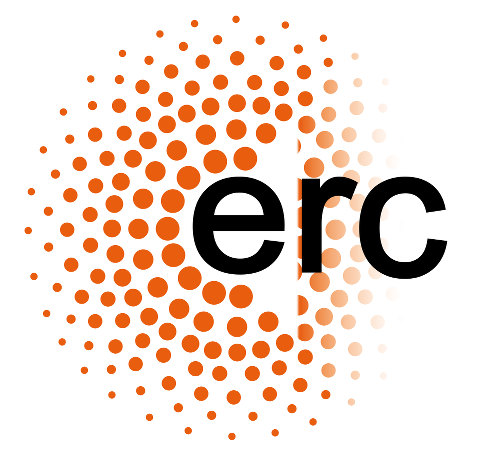 |
The Lithium Lab is funded by ERC Consolidator Grant "QuFerm2D: Quantum Simulation of two-dimensional fermionic systems" awarded in 2012 to Giacomo Roati. |


